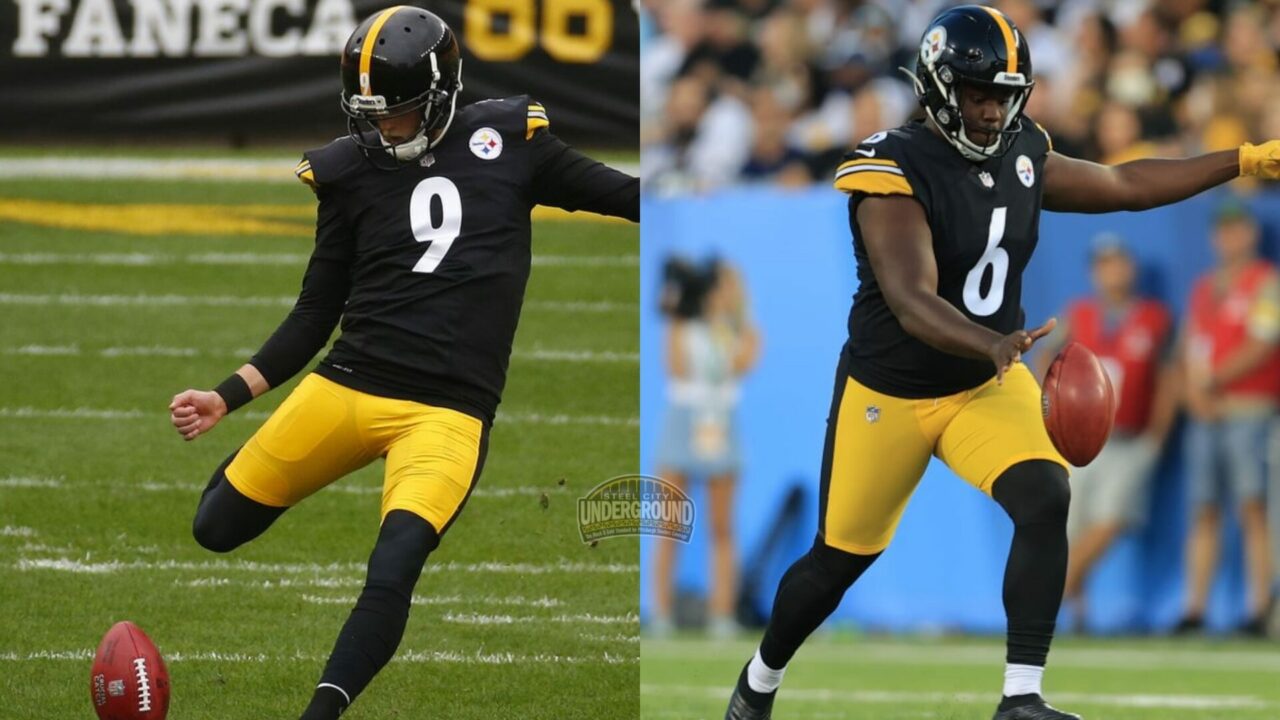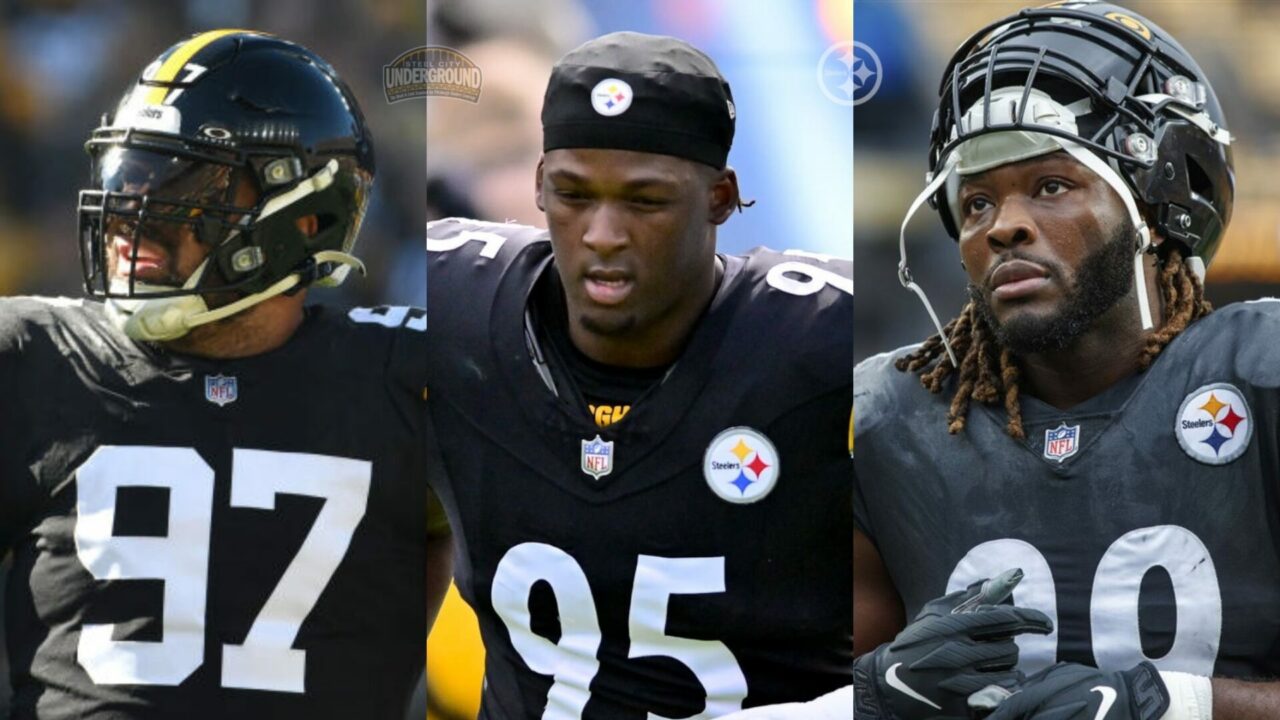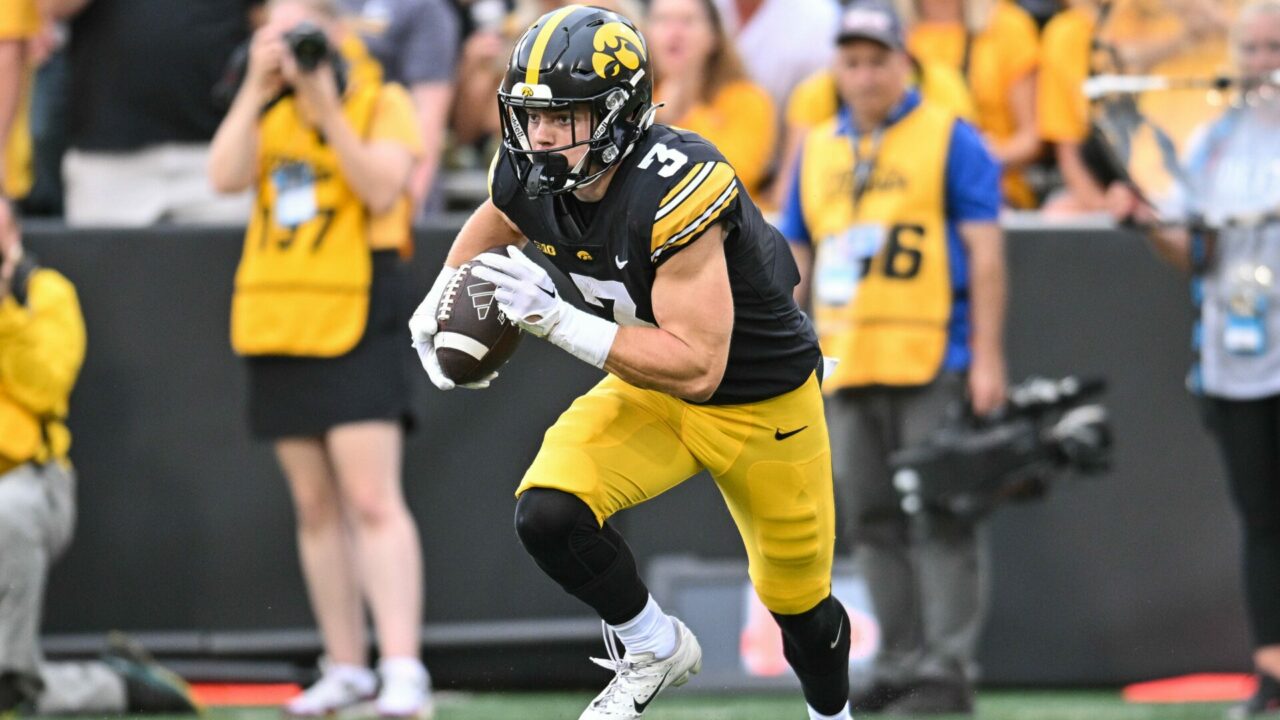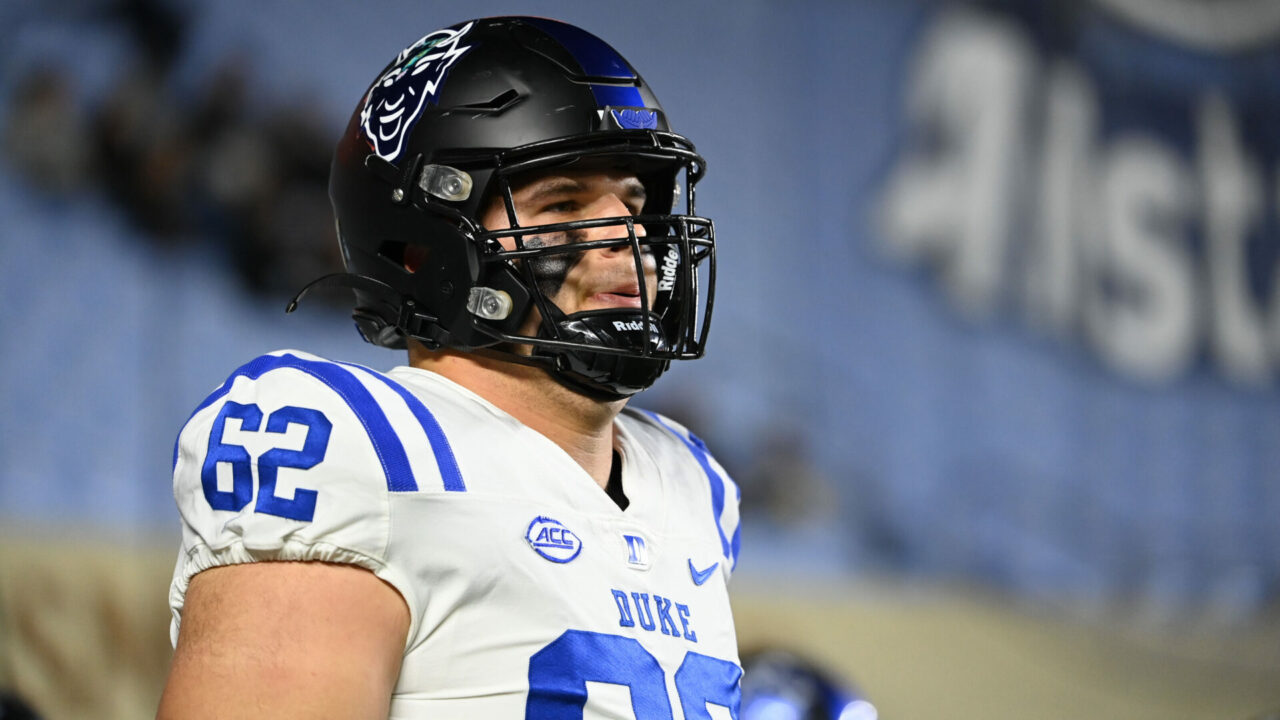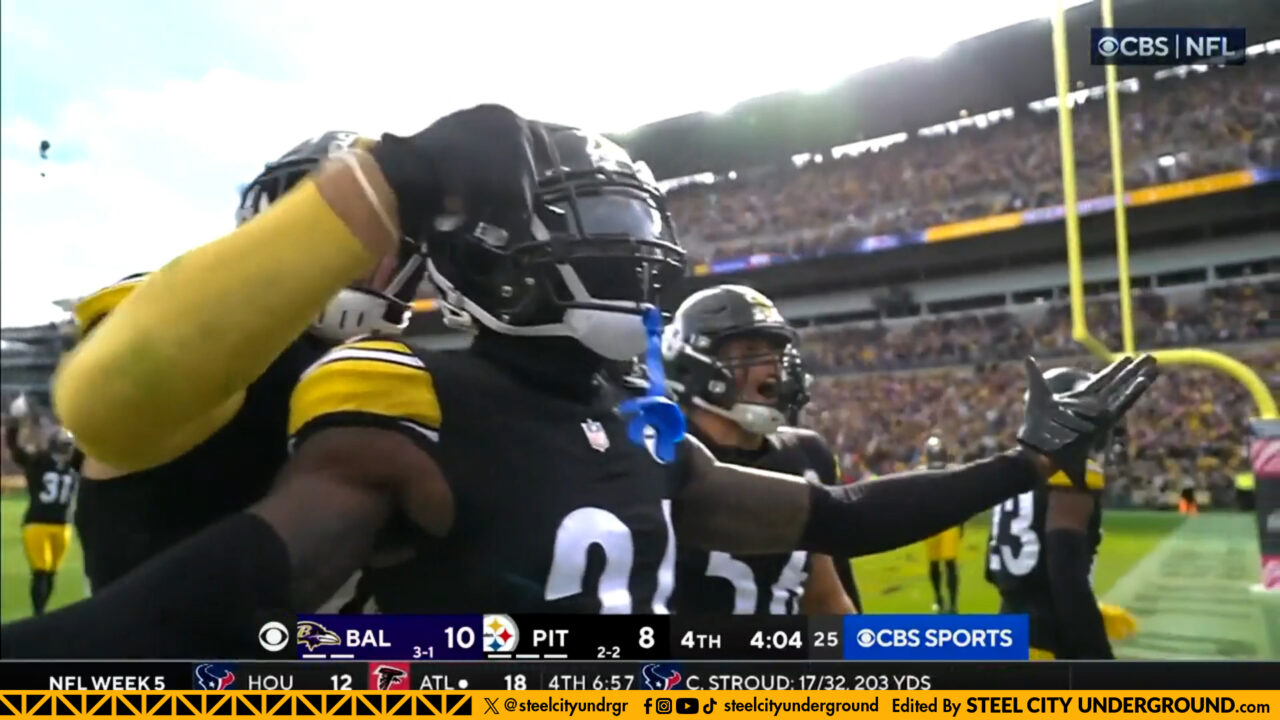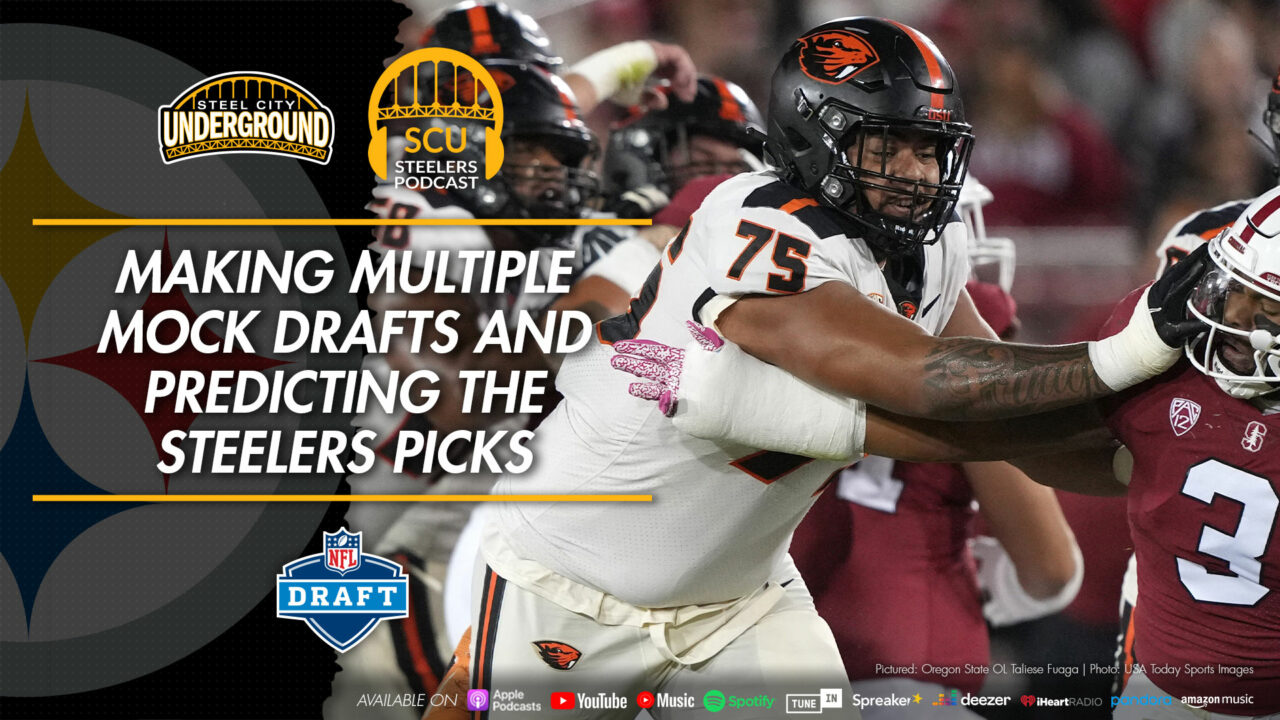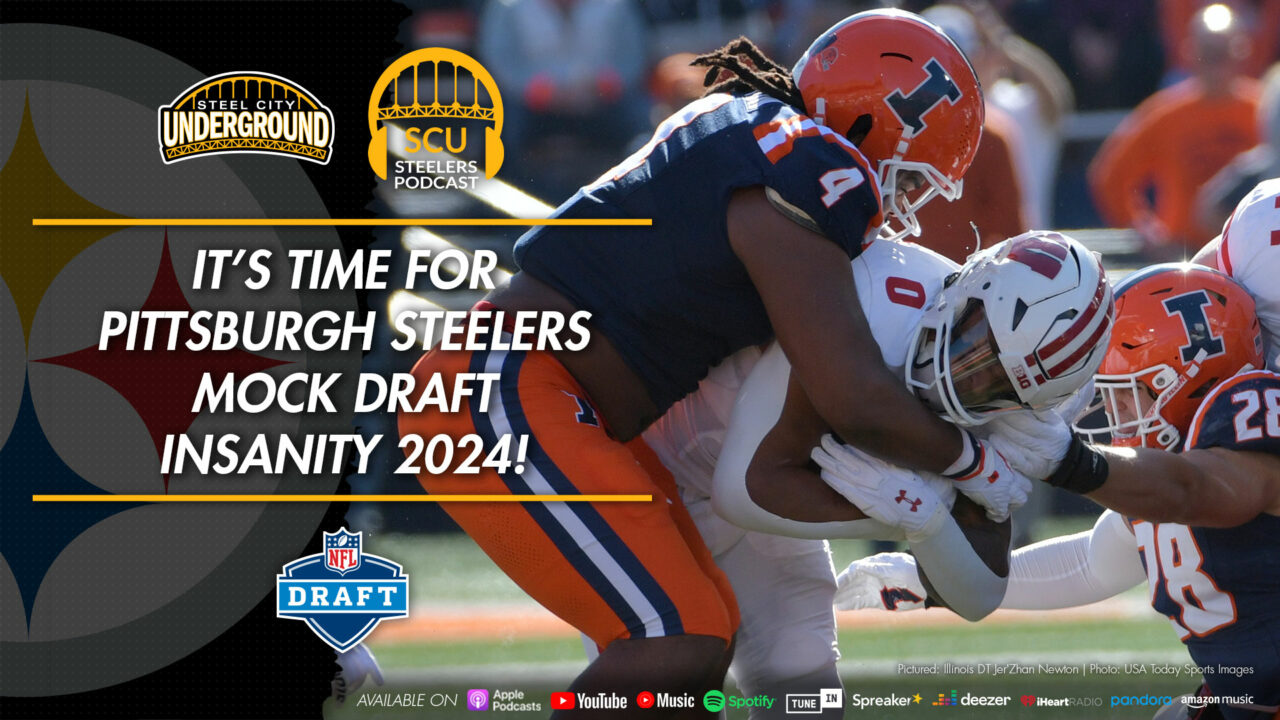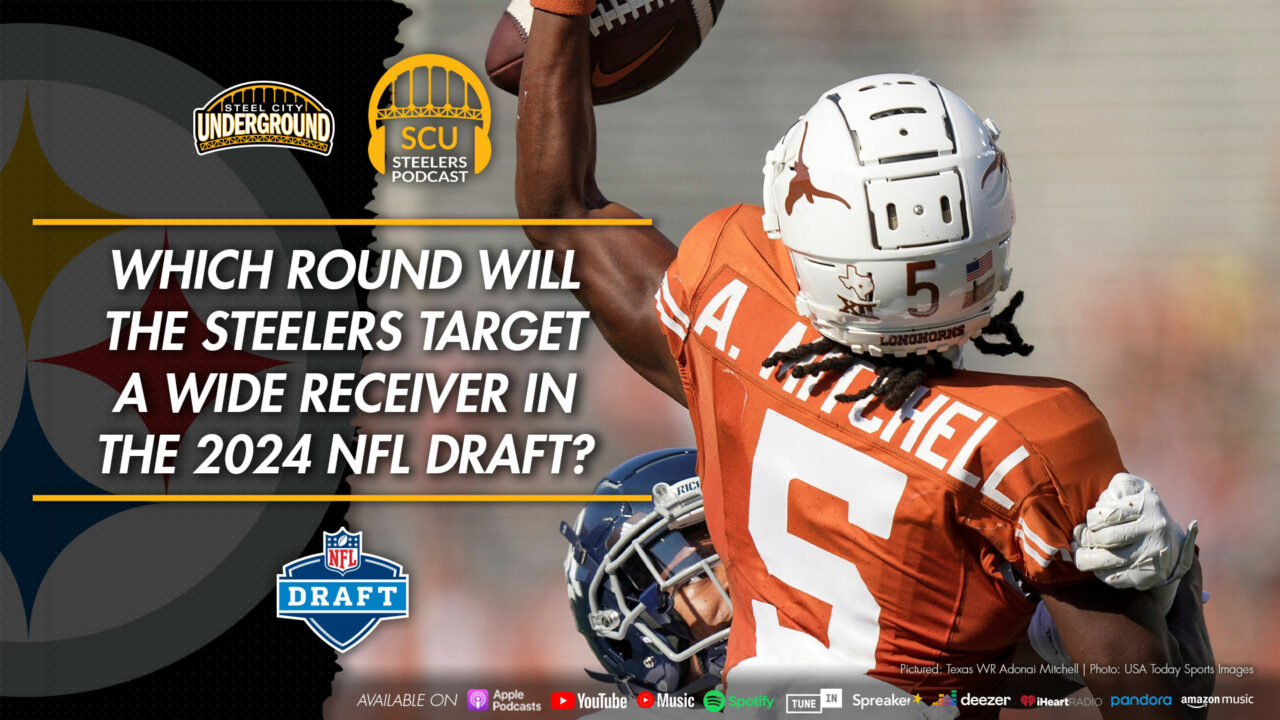Snap counts for Steelers in the AFC Championship game
It’s not the most exciting Steelers postgame, postseason (as in “after” the season) article out there, but I still wanted to come back for one more week and examine who played, when, where, and why.
Believe it or not, there were a few surprise appearances (or lack thereof) in this game, despite being for “all of the marbles”.
Offense
I was as shocked as anyone that Sammie Coates was in, and early.
After missing a ton of time, Coates came in for 16 of the Steelers 69 plays (23% of the game) and attempted to add a deep threat element that went bye-bye when Ladarius Green was ruled out of yet another game due to a concussion.
The entire offensive line remained intact, and kept Ben Roethlisberger (also 100% participation) upright for the whole game.
Next most playing time? Jesse James, who played all but 2 snaps, while Antonio Brown played all but 3.
Eli Rogers was out on the field for all but 10, and DeAngelo Williams had to fill in for Le’Veon Bell (11 snaps) by playing 1 less than Rogers, with 58.
The only other major contributor was Cobi Hamilton, who saw 43 snaps for 62% of the total offensive plays.
Everyone else was absent, including power run game specialists Roosevelt Nix and Chris Hubbard, who each saw 2 reps. Xavier Grimble came in for 4 plays and David Johnson for 7.
The last player to note is Darrius Heyward-Bey, who came in for 10 plays (14%).
That’s a lot of mixing and matching than usual, and I assume a lot of that is because Bell is the second-best receiver on the team. Once he went down, Hubbard and Nix became expendable, after playing in nearly 25-30% of the offensive plays over various games in the 9-game win streak.
AB, Eli, and Jesse were not as surprising, but the mix of Hamilton, Coates and Hey-Bey was strange, and especially so, as the latter two had been oft-injured over the latter course of the year, then leaned upon to produce in a big game.
The answer can only be: who else was left? Bell likely represented the paradigm shift with the receivers, and teams throw when playing from so far behind.
I can’t honestly say if any of those numbers represent changes in game planning, but it sure looks that way.
Defense
The usual suspects played the entire game: Lawrence Timmons, Ryan Shazier, Bud Dupree, Mike Mitchell, and Ross Cockrell.
Sean Davis left for 4 plays, nursing a bum shoulder. He was replaced in those instances by Robert Golden, who may have been responsible for one of the Chris Hogan touchdowns.
Stephon Tuitt left for 5 plays, Artibe Burns for 8, and James Harrison for 17 snaps; seeing Jarvis Jones out there once again in place of Harrison either means a vote of confidence, or another “who’s left” scenario. Jones played all 17 of those snaps for Harrison, while Arthur Moats and Anthony Chickillo never played a single down on defense.
Either the coaches feel Jones is that much better, or Moats and Chickillo were sick, hurt, or that much worse.
This isn’t a game you use to evaluate talent, so something was up for sure (other than Harrison being tired, and nursing his own triceps injury, that is).
Upfront Javon Hargrave played 70% of the game, rotating with Letterius Walton (41%), Ricardo Mathews (27%) and Daniel McCullers (12%).
Clearly Hargrave is the next-best option behind Tuitt, but I think L.T. has shown improvement and will be the next man up behind Tuitt and Heyward next year, given that Hargrave dots the “i” in 3-4 situations.
William Gay came in on sub packages and played 42 snaps (57%). Jordan Dangerfield entered 8 times as well to round out the defensive numbers.
Unfortunately, none of these combinations were the answer to stopping New England’s offense. My suspicion is that the two safeties (Golden and Dangerfield) have the most to lose in terms of playing time next season, as the Senquez Golson could come back and finally get on the field, while Justin Gilbert will also get a shot at significant playing time.
Gay is signed for another two years, and his role is clearly defined from here forward: a nickel corner who could start in situations on the outside.
Ross Cockrell has the staff’s confidence, as he has hardly come off of the field and doesn’t appear to be a large liability (at least not in the way his predecessors were). A restricted rights free agent for 2017, I would expect him to return for at least one more season.
Most of New England’s attack aimed directly at safety help, and linebackers dropping into coverage. With Pittsburgh playing zone, a scheme they are built for, changing to man isn’t an overnight occurrence. I would expect a shift in philosophy with players seasoned with a year of experience under their belt, plus the possible addition of more talent on the defense to help slow the few teams that are better equipped to beating their system, as these numbers show the extra DB help did all but that.
